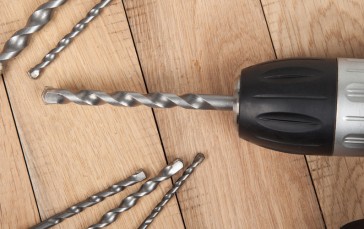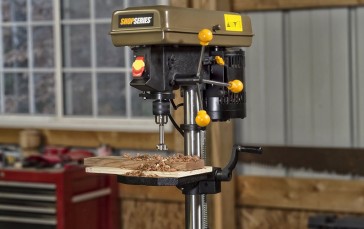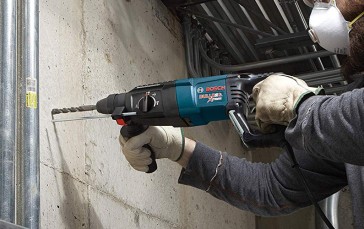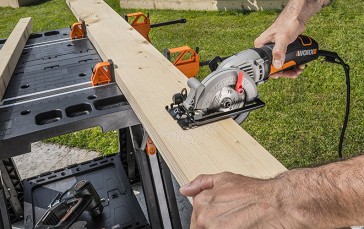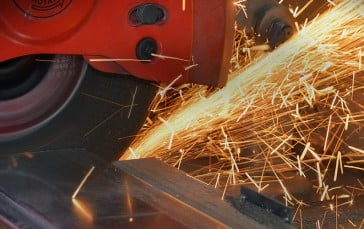Types of Drills
For decades the plug-in electric drill ruled the roost. Then, when rechargeable batteries became small and powerful enough, the cordless drill appeared and gradually began to eat away at the plug-in drill’s market dominance. Today a sort of market equilibrium has been reached between the two types of drill as contractors and handymen and women have realized that both of them have a vital role to play. But what are those roles and how do you know whether one or the other is right for you?
The Faceoff
People in the know realized some time ago that, while cordless drills seemed to be the answer to many contractor prayers they were not, in fact, the be all and end all of the drill world. Here’s a comparison of each drill’s strengths and weaknesses to illustrate the point.
Plug-in or Corded Drills
When battery powered drills first became available it was apparent they lacked the power you could get from a plug-in drill. It was widely thought, however, that that situation would work itself out over time. Well, it hasn’t. If you really want a lot of power you still need to get a plug-in drill. That’s because the constant, even flow of electricity you get from plugging in means there’s no limit to voltage and you can really lean into things without worrying about wearing down the battery. But that isn’t the only advantage of the plug-in drill. The corded drill is also generally much smaller and lighter as well since there’s no bulky battery pack to contend with. And believe us, the extra weight of a battery can really take its toll over the course of a long day. Also, with a plug-in drill, as long as there’s an outlet nearby you’re in business. Plus you don’t have to lug around replacement batteries and you don’t take a financial hit if one of those expensive batteries gets lost or develops feet and walks away on a busy construction site.
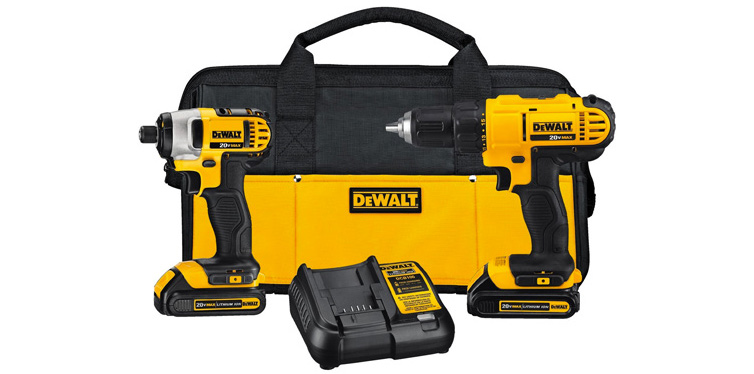
Cordless Drills
The cordless drill on the other hand is kind of like that hot date that wound up turning into one of your best friends. It burst upon the scene full of potential, promising to free contractors the world over from the tyranny of the outlet, and looked to have become as essential to a workman’s toolkit as a pair of work boots. But alas it was not to be. Still, while it’s not “the one and only”, the cordless drill does have distinct advantages that make it a must have power tool purchase, or the perfect gift for the home DIYer. Foremost among those advantages is mobility. As long as you have a charged battery you can get the job done even if you’re 20 miles from the nearest outlet. For example, if you’re in the bathroom installing that new speaker in your shower, there won’t be any power outlets in there, so a cordless is perfect for the job. You could even be up high, replacing your outdoor TV antenna, and you know there’s no way a standard power cable would reach, so again the cordless alternative would be ideal here. Also, because cordless drills are cordless, there’s less chance of you or someone else tripping over the power cord and getting hurt. They can also be time savers when you’re in a tight spot and suddenly realize you need to remove a screw or drill a pilot hole that you’ve marked with your mechanical pencil. You don’t have to get up and go searching for an outlet if you have the cordless drill with you.
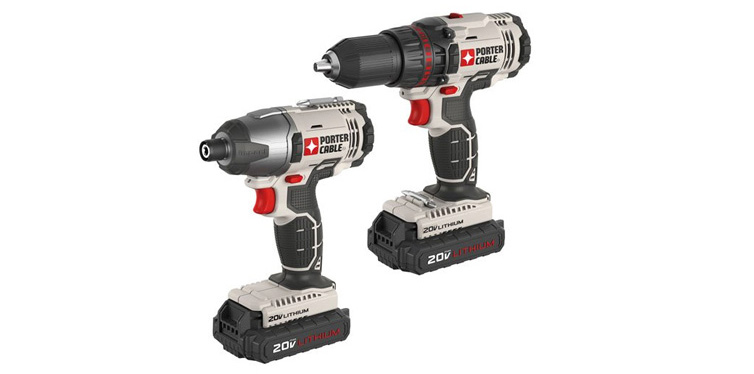
The Bottom Line
At the end of the day it’s the wise contractor or do-it-yourselfer who has both of these exceptional power tools in their arsenal. If you’re just starting out in the trades you’ll find out soon enough that they both have a role to play and that, if you limit yourself to one type or the other you’re limiting the kinds of jobs you can take on and therefore limiting your effectiveness and ultimately.



